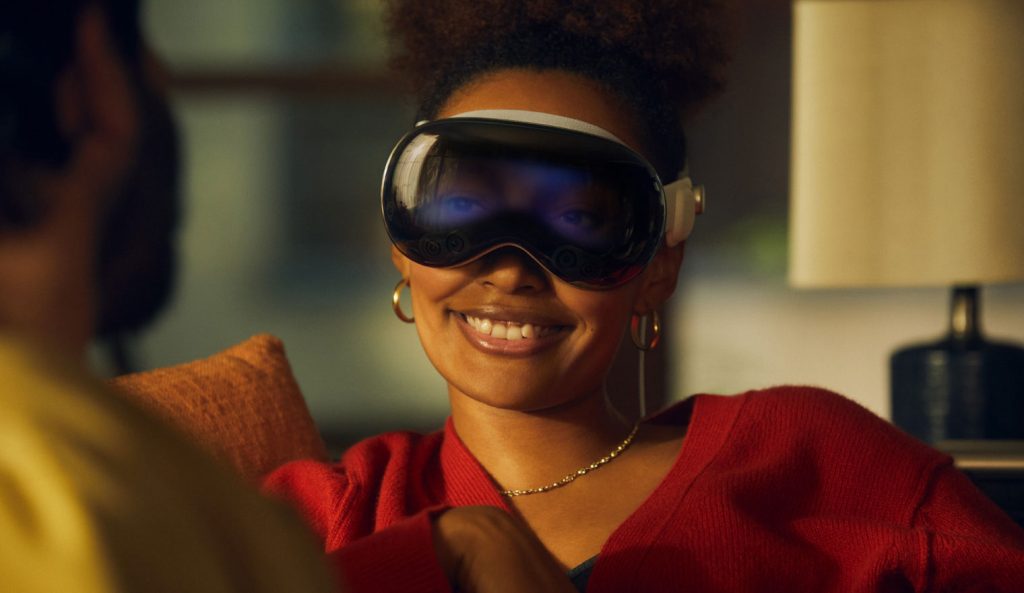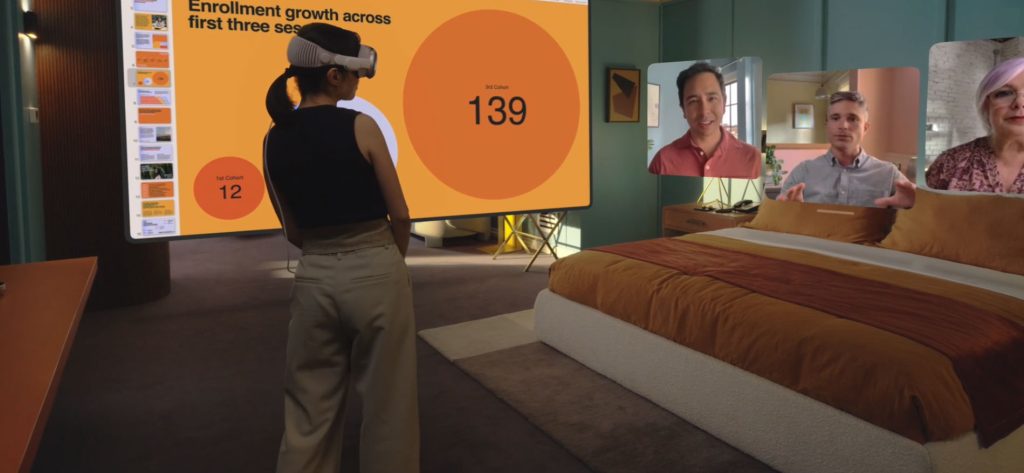Logll Tech News — Google has recently launched a new initiative called Chromebook X, with the aim of bringing high-quality premium Chromebooks to consumers, as reported by 9to5 Google. Chromebooks, typically known as entry-level computers suitable for students and basic tasks like email checking, news reading, and content streaming, are now stepping up their game with the Chromebook X. This new moniker signifies the laptop’s enhanced specifications and premium capabilities.
What Can We Expect from Chromebook X?
According to reports, Google is planning to incorporate AMD Zen2+ and AMD Zen 3 CPUs, along with Intel’s 12th Gen Intel CPUs, including the N-series chipsets, into the Chromebook X. Given the Chromebook’s reputation for impressive battery life and user-friendly simplicity, integrated GPUs are the ideal choice for this device.
Furthermore, the Chromebook X is expected to feature a considerable amount of RAM, FHD (1920 x 1080) webcams, and high-end displays. Users can also look forward to exclusive “Time of Day” wallpapers, screen savers, support for up to 16 virtual desks, and the ability to pin files from Google Drive.
When Can We Expect the Chromebook X?
According to 9to5Google, the first laptop carrying the Google Chromebook X name may be released later this year or early in 2024. This development is particularly exciting as Google strives to expand the Chromebook’s reach into other areas, such as gaming and content creation, while ensuring its compatibility with everyday document-related tasks.
In Conclusion: The Future of Chromebooks and Apple’s Vision Pro
While Google’s Chromebook X project showcases exciting potential, it’s worth mentioning that another tech giant, Apple, has its own highly anticipated product on the horizon—the Apple Vision Pro. The Vision Pro, set to trend in 2024, offers an all-in-one solution with virtual monitors, a built-in camera, and much more. As we eagerly await the release of this innovative product, let’s explore its unique features and functionality.
Introducing Apple’s Vision Pro: A Revolutionary Wearable Computer

Recently announced by Apple, the Vision Pro is a groundbreaking wearable computer that revolutionizes the way we interact with technology. Unlike traditional devices, this computer is worn on your face, but what truly sets it apart is the method of usage. Instead of relying on physical screens, the Vision Pro projects its output directly into your eyes through two small, high-resolution displays placed just in front of you. Rather than using a keyboard, mouse, or touch screen, this computer employs eye tracking and gestures as its primary user interface. Taking a cue from the iPhone’s elimination of the stylus, Apple has designed the Vision Pro to operate without the need for physical controllers. The computer tracks your eye movement to determine your point of interest and then detects hand gestures to understand your intended actions.

A Unified Vision: The Concept of a Spatial Computer
Apple refers to the Vision Pro as a spatial computer, a term that aptly captures its capabilities. This device can utilize any physical space around you as a canvas for displaying digital content. There’s no requirement for a desk or a specific location to place the device, and the perceived viewing area has no limits in terms of size. This means that even in a confined space like an airplane seat, you could enjoy a cinema-sized movie experience.
The Practical Uses of a Spatial Computer
At present, Apple has outlined several use cases for the Vision Pro that may initially appear mundane but offer great practical value. You can use the Vision Pro like a traditional computer or an iPad, but with the advantage of a significantly more flexible and unconstrained display for presenting information. This feature is particularly beneficial when space is limited or when users are accustomed to working with multiple large displays. In essence, the Vision Pro is comparable to a large-screen TV, a product category where customers are already willing to pay premium prices. By leveraging existing applications developed for the iPad and iPhone, Apple has an extensive library of software ready to support this new platform.
The Potential for Augmented and Virtual Reality
While the Vision Pro possesses the technical capabilities for augmented reality (AR) and virtual reality (VR), Apple surprisingly downplayed these aspects during its announcement. The company drew a clear distinction, emphasizing that the Vision Pro is not an AR or VR device but rather a spatial computer that can host AR and VR applications. Augmented reality involves altering your perception of the environment around you, whereas virtual reality immerses you in a simulated world. The Vision Pro, in its AR mode, overlays 2D displays onto your actual environment, creating the illusion that they are seamlessly integrated into your surroundings. In VR mode, the Vision Pro captures your full attention, replacing the video pass-through from the real world with a digitally generated 3D environment. Apple’s intention with the Vision Pro is to provide a versatile platform for applications that can take advantage of its unique capabilities.
The Importance of App Development
Apple’s choice to introduce the Vision Pro at its annual developer conference underscores the need for developers to create compelling applications for this new device. By doing so, they can unlock its full potential and demonstrate the value it brings to users. When it comes to AR and VR, the most valuable applications are those that enhance decision-making by providing relevant information and reducing cognitive load. VR excels at presenting users with contextual information that may be costly or difficult to access otherwise, while AR optimizes the presentation of information in a given context. Both technologies offer immense value in complex environments and industries such as aircraft and building design, as well as remote medical procedures. As Apple leaves the exploration and design of these use cases to the developer community, there is ample opportunity for innovation and growth.
The Evolution of Apple’s Devices
Apple’s history is filled with instances where devices have surpassed their initial purpose and transformed into powerful platforms through developer innovation. The iPod evolved from a digital walkman, the iPhone expanded upon the iPod’s connectivity, the iPad provided a larger iPhone-like experience, and the Apple Watch improved upon existing smartwatches. In a similar fashion, the Vision Pro represents an exciting experiment in computing, pushing the boundaries of what an unconstrained 3D screen can offer. As we look forward to the Vision Pro’s release, we eagerly anticipate the possibilities and creative solutions that will emerge in the ever-evolving field of technology.
Related Posts
If you are able, we kindly ask for your support of Logll Tech News today. We appreciate it.

Sergio Richi
Editor, Logll Tech News
Conclusion
The introduction of Google’s Chromebook X marks an exciting milestone in the evolution of Chromebooks. With its focus on premium specs and performance, the Chromebook X aims to elevate the user experience beyond what traditional entry-level Chromebooks offer. Incorporating powerful CPUs, integrated GPUs, ample RAM, high-resolution displays, and other exciting features, the Chromebook X is set to cater to users’ diverse needs, including gaming and content creation. Google’s commitment to expanding the Chromebook’s reach and ensuring compatibility with everyday tasks is evident in this new initiative. Additionally, while we anticipate the release of Google’s Chromebook X, another highly anticipated product, Apple’s Vision Pro, is on the horizon. The Vision Pro, a revolutionary wearable computer, is expected to offer a unique interactive experience with its spatial computing capabilities. Apple’s focus on unconstrained displays, eye tracking, and gestures as the primary user interface showcases the company’s commitment to innovation and pushing the boundaries of technology. As both Google and Apple continue to introduce groundbreaking products, the future of computing looks promising, presenting users with new possibilities and creative solutions in the ever-evolving world of technology.










